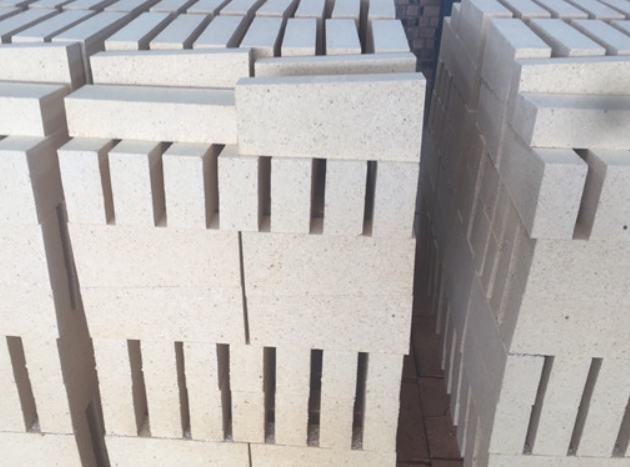- 05
- Oct
How to divide refractory bricks by color?
How to divide refractory bricks by color?
Many customers will ask what color refractory bricks are bought, but are refractory bricks really divided by color? Refractory bricks are divided into heavy and light weight, and light weight has specific gravity and material. Heavy quality is divided into alkaline, acidic, and neutral. People who are often exposed to refractory materials can basically judge the material of refractory bricks based on the color.

The color of clay refractory bricks is generally light yellow or brownish yellow, dark yellow, and there will be brown or black spots on the surface of the bricks, which are usually spots formed by impurities in the refractory raw materials after high temperature firing. The color of high-alumina bricks is mostly beige, and even a little whitish. Refractory brick products made of magnesia, graphite, and silicon carbide are mostly blue-black. Corundum and mullite are mostly white, and people often judge the quality of bricks by color. Most of them are high alumina bricks. However, in fact, the color of refractory bricks with the same index content will also appear inconsistent.
Refractory brick
Because there are many factors that affect the color of refractory bricks.
①The bricks are placed unreasonably when loading the kiln car. The sparseness and unevenness causes the flame to not evenly heat all the bricks, so that the bricks are heated unevenly during the preheating. The colors appear to be different from dark to light.
②The processing temperature of refractory bricks is not well controlled, resulting in too much fluctuation in the firing temperature, which will make some parking spaces have high temperatures and some low temperatures.
③Excessive pulling force of the smoke exhauster makes it impossible for the flame to reach the top of the kiln. When the flame cannot reach the top of the kiln, it will be pulled out of the high temperature zone in a horizontal direction, causing the temperature difference between the top and the bottom to be too large. Sometimes the lower part is stuck and deformed to produce waste, but the upper part still does not reach the sintering temperature.
In addition to the influence of the craftsmanship during the firing process of the refractory bricks, after the refractory bricks are discharged from the kiln, with the influence of storage time and storage environment, some chemical reactions will gradually occur on the surface of the refractory bricks, which will eventually cause the difference in the color of the refractory bricks.
